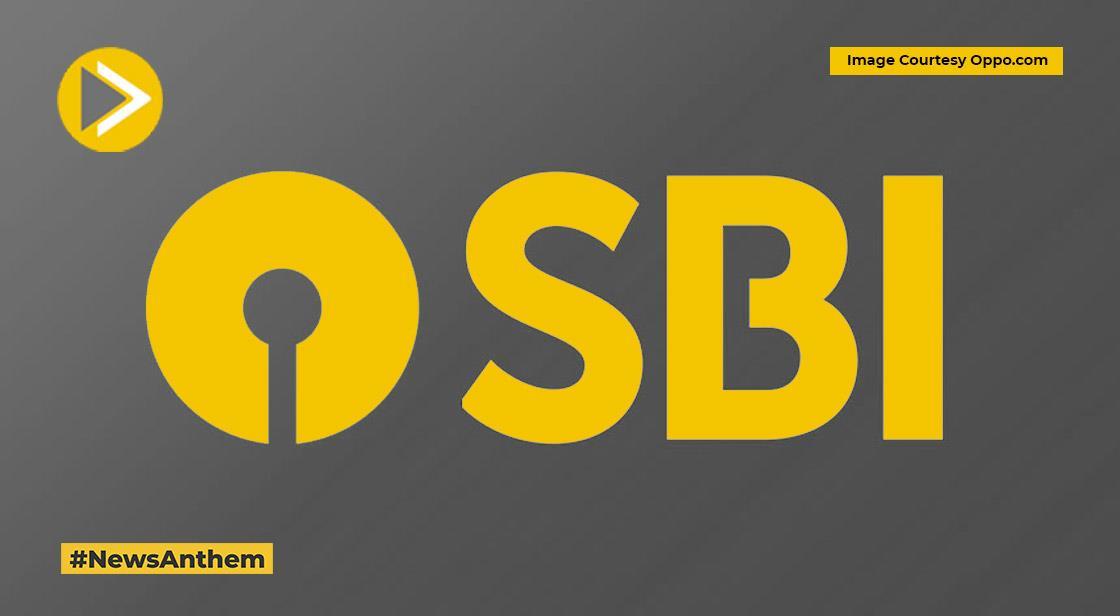State Bank of India to Launch ₹25,000 Crore QIP; LIC Likely to Invest Over ₹5,000 Crore

News Synopsis
In a major capital market move, State Bank of India (SBI) — the country’s largest public sector lender — is set to launch a ₹25,000 crore Qualified Institutional Placement (QIP) on Wednesday, July 16. This will mark SBI’s first equity fundraising through QIP since 2017, highlighting its strategic focus on long-term capital strength.
According to reports, SBI is expected to offer the issue at a slight discount to its current market price, a common practice to attract institutional interest.
LIC, Mutual Funds Show Strong Interest in SBI QIP
LIC May Bid Over ₹5,000 Crore
India’s largest institutional investor, Life Insurance Corporation of India (LIC), is anticipated to play a significant role in the QIP by bidding over ₹5,000 crore, according to sources familiar with the matter.
Domestic Mutual Funds Also Keen
Alongside LIC, domestic mutual funds have shown strong interest in the offering, underscoring investor confidence in SBI’s financial stability and future outlook.
"Life Insurance Corporation of India (LIC) is likely to be a key participant, with a potential bid of over ₹5,000 crore."
Purpose of the Fundraising – Strengthening Capital Base
Focus on Financial Resilience, Not Growth Funding
The upcoming equity raise is aimed not at immediate business expansion but at reinforcing the bank’s capital adequacy. SBI has set clear financial targets as part of this capital infusion strategy.
“The capital raise is aimed at strengthening the bank's capital base, rather than funding growth.”
SBI’s Capital Targets for FY27
-
SBI is targeting a Common Equity Tier 1 (CET1) ratio of 12%
-
It also aims for a Capital to Risk-Weighted Assets Ratio (CRAR) of 15%
-
These benchmarks are expected to be achieved by March 2027
“SBI is targeting a Common Equity Tier 1 (CET1) ratio of 12% and a Capital to Risk-weighted Assets Ratio (CRAR) of 15% by March 2027.”
SBI’s Current Capital Position and Market Standing
As of March 2025
-
CET1 ratio stood at 10.81%
-
CRAR was 14.25%
“As of March 2025, SBI's CET1 ratio stood at 10.81%, while its CRAR was at 14.25%.”
These figures illustrate the need for capital augmentation to meet regulatory and strategic goals over the next two years.
Analyst Sentiment and Market Performance
Broad-Based Positive Ratings from Analysts
As per market coverage data:
-
40 out of 50 analysts have issued a 'Buy' rating on SBI stock
-
Nine analysts recommend a 'Hold'
-
Only one has given a 'Sell' rating
“Out of the 50 analysts that have coverage on SBI, 40 of them have a 'Buy' rating on the stock, while nine of them have a 'Hold' rating and one has a 'Sell' rating.”
H3: Current Stock Performance
-
SBI shares are currently trading 0.31% higher at ₹818.95
-
On a year-to-date (YTD) basis, the stock has gained 3%
“Shares of State Bank of India are currently trading 0.31% higher at ₹818.95. The stock has risen 3% on a year-to-date basis.”
History of State Bank of India
The history of the State Bank of India (SBI) is a fascinating journey that stretches back over two centuries, deeply intertwined with the economic evolution of India. It's the oldest commercial bank in the Indian subcontinent and has undergone several transformations to become the largest public sector bank in India today.
Here's a breakdown of its rich history:
1. The Presidency Banks (Early 19th Century):
The roots of SBI lie in three "Presidency Banks" established by the British East India Company:
- Bank of Calcutta (later Bank of Bengal): Founded on June 2, 1806, in Calcutta (now Kolkata). It was later redesigned as the Bank of Bengal on January 2, 1809, and was the first joint-stock bank of British India sponsored by the government of Bengal.
-
Bank of Bombay: Established on April 15, 1840, in Bombay (now Mumbai).
-
Bank of Madras: Established on July 1, 1843, in Madras (now Chennai).
These three banks were initially set up to serve the financial needs of the British East India Company and European commerce. They held the exclusive right to issue paper currency until 1861 when this right was taken over by the Government of India with the Paper Currency Act.
2. The Imperial Bank of India (1921):
On January 27, 1921, the three Presidency Banks (Bank of Bengal, Bank of Bombay, and Bank of Madras) were amalgamated to form the Imperial Bank of India. This merger created the largest commercial enterprise in the country at the time.
The Imperial Bank of India served as a quasi-central bank before the establishment of the Reserve Bank of India (RBI) in 1935. It performed banking functions for the Government of India and other banking institutions, and also managed the rupee debt of the government. It also played a significant role in expanding banking facilities across India.
3. Nationalization and the Birth of State Bank of India (1955):
After India gained independence, there was a growing need for a state-owned bank to actively participate in national development, particularly in rural areas.
- In 1955, under the provisions of the State Bank of India Act, the Reserve Bank of India (RBI), which is India's central bank, acquired a controlling interest in the Imperial Bank of India.
- On July 1, 1955, the Imperial Bank of India was nationalized and renamed the State Bank of India (SBI). This marked a significant shift towards a more public-sector-led banking system in India.
4. Expansion and Consolidation (Post-1955):
- Associate Banks (1959): In 1959, the government passed the State Bank of India (Subsidiary Banks) Act. This act transformed eight banks that had belonged to princely states into subsidiaries of SBI (known as Associate Banks). This move was crucial for expanding banking services into rural India, aligning with the goals of the First Five-Year Plan.
- Over the years, several of these associate banks merged with SBI, consolidating its market position. Notable mergers included State Bank of Saurashtra (2008), State Bank of Indore (2010), and the remaining five associate banks (State Bank of Bikaner & Jaipur, State Bank of Hyderabad, State Bank of Mysore, State Bank of Patiala, and State Bank of Travancore) along with Bharatiya Mahila Bank in 2017.
- Government Ownership: In 2007, the Government of India acquired the RBI's stake in SBI, removing any potential conflict of interest since the RBI is the country's banking regulatory authority.
SBI Today:
Today, the State Bank of India is a Fortune 500 company and the largest bank in India, holding a significant market share in assets, loans, and deposits. It has an extensive network of branches and ATMs across India and a substantial global presence with offices in numerous foreign countries. SBI continues to be a cornerstone of the Indian financial sector, playing a vital role in economic development, financial inclusion, and leveraging technology to offer a wide array of banking and financial services.
You May Like









